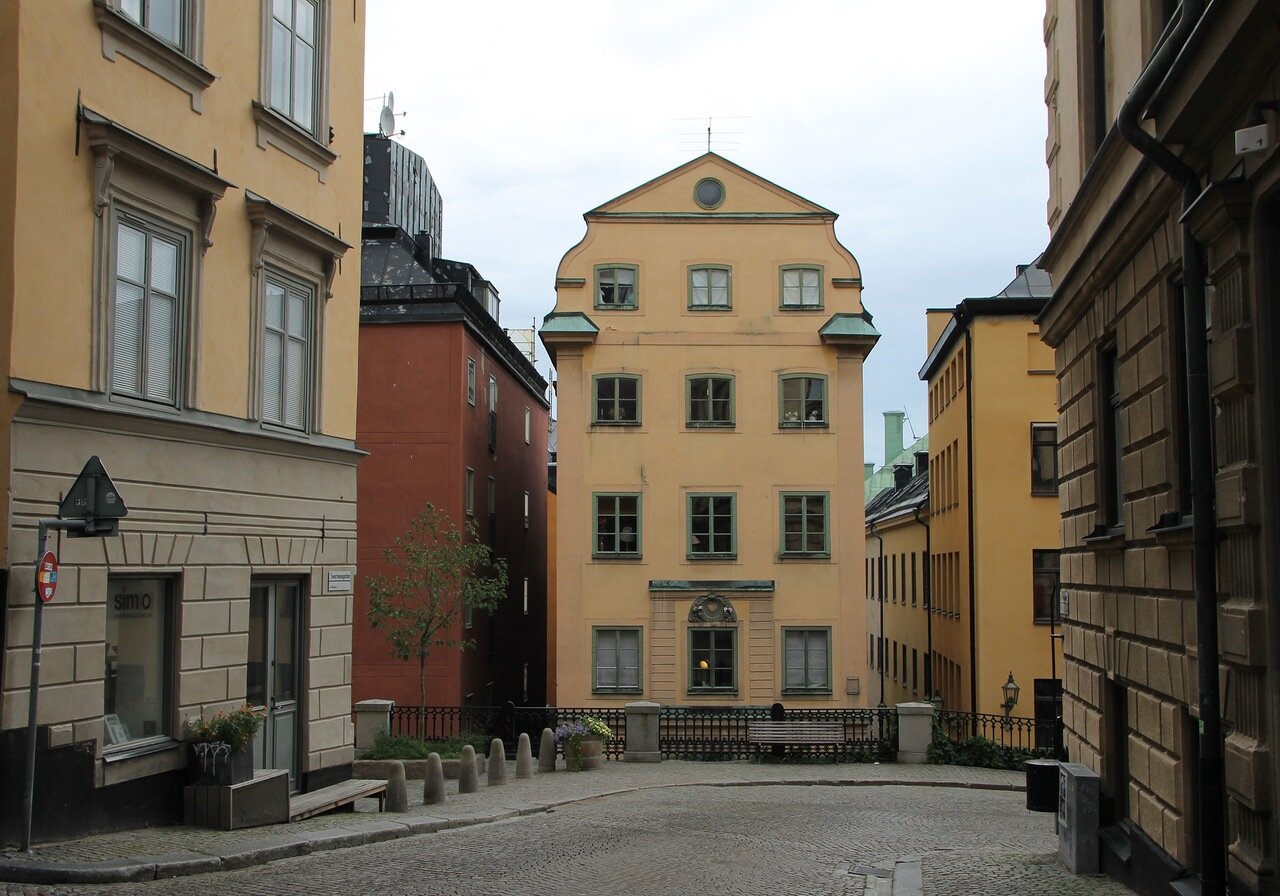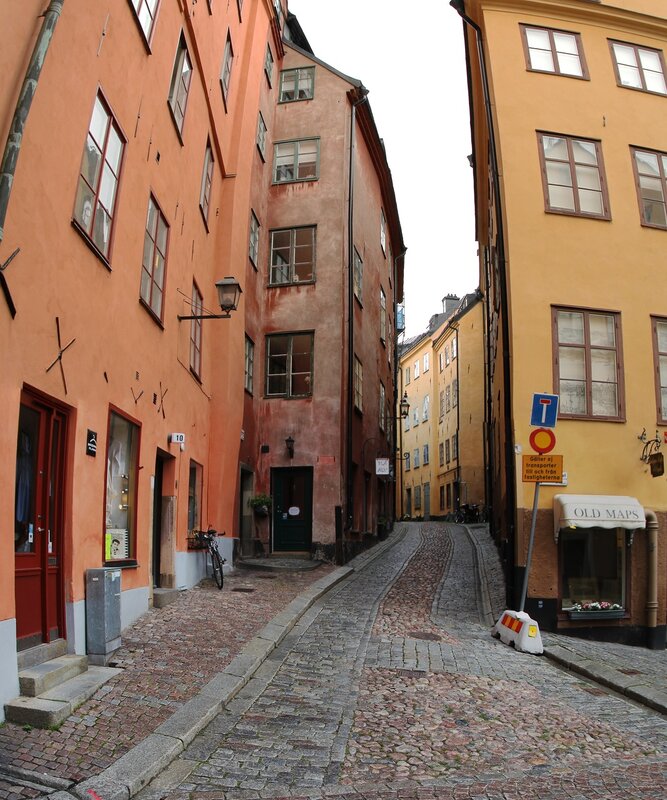Stockholm. Gamla Stan. Österlånggatan street and Merchant's square (Köpmantorget)
From Estonian schools you can go down to Österlånggatan (map). In Swedish the name means "North long street" - it really goes North from Iron square (Järntorget) towards the Palace hill. This street, like Västerlånggatan, walked along the city wall and on a par with the last major one was in the old Stockholm. Construction began here in the 13th century, then a street, as identified by the excavations, was somewhat closer to shore and much wider. In the 14th century there were merchants ' shops, and, if the Iron surrounding the area traditionally inhabited by the foreign traders, mostly German, Osterlanggatan was chosen by the national merchant Guild.

To the end of the 17th century, the street remained one of the centres of trade, later, when the center of Commerce gradually shifted to a new spacious district of Norrmalm, on the site of merchant stalls began to appear in the Honky-Tonks and taverns, in houses to rent rooms girls of a certain profession, the street turned into a hot spot, popular with sailors of merchant ships. Street, like the rest of Gamla Stan, gradual downfall, at that time there reigned dirt, stench and poverty. Only in the early 20th century, with the advent of mass tourism, the area has begun to return.

In the middle part Osterlanggatan is Merchant square (Köpmantorget map). Despite the name, there have never been trade. The name of the area received from the Merchant's gate (Köpmanporten), which led to the market at Stortorget square.

the Square is decorated with the monument of "St. George with the dragon", created 1912 by the sculptor O. Meyer. This is an enlarged copy of the same relics 1489, stored in St. Nicholas.

Area surround the house 16th-17th century in brick Gothic style, though the brick is hidden behind the plaster.

At the time the building was a brick box with wooden beams and partitions. So the wall does not "separated" under the load of the internal spaces, they were off wrought iron bars, which were fixed cross-locks on paste.


Old electrical box - the fundamental design, too, will stand for centuries.

quite a bit going on Köpmangatan and turn left, arrive at a small triangular "The sqare of burnt house" (Brända tomten).
